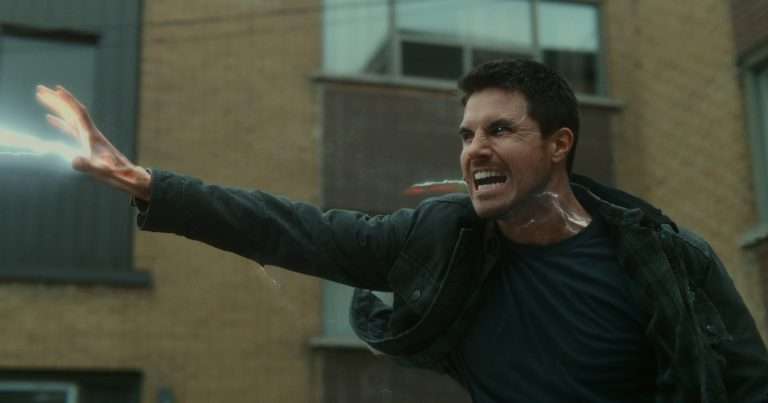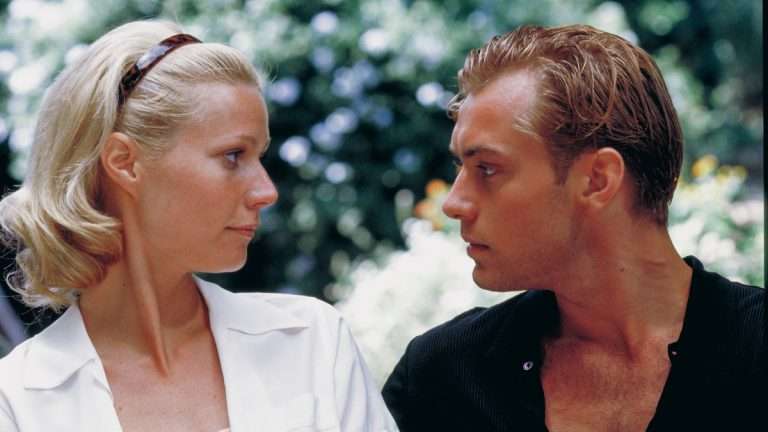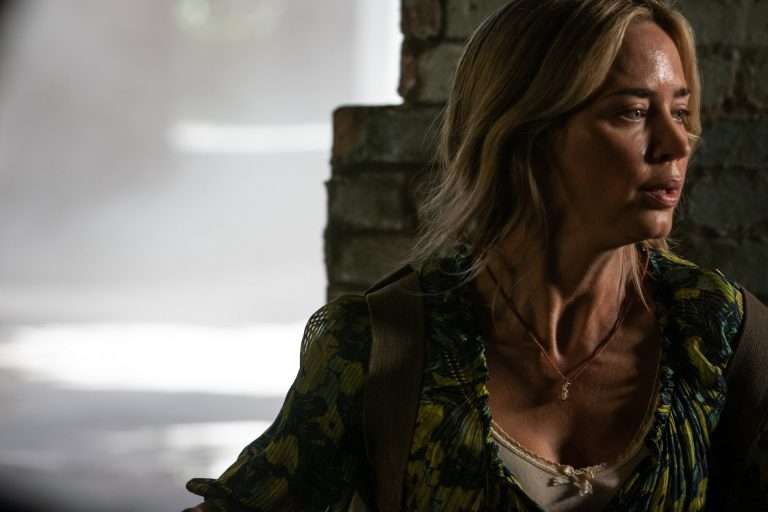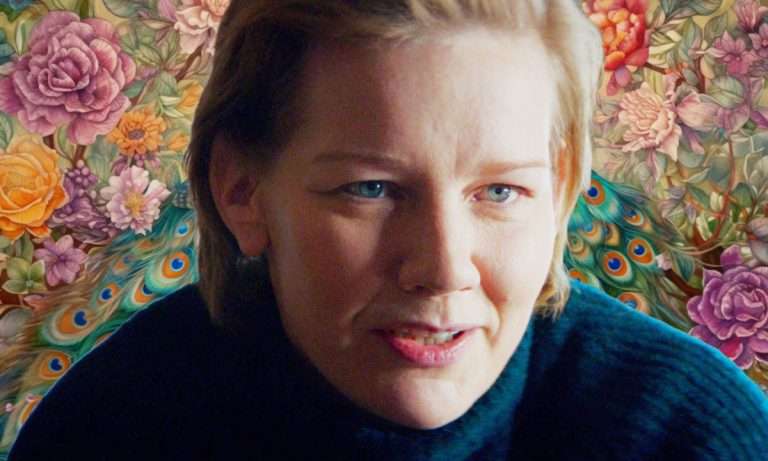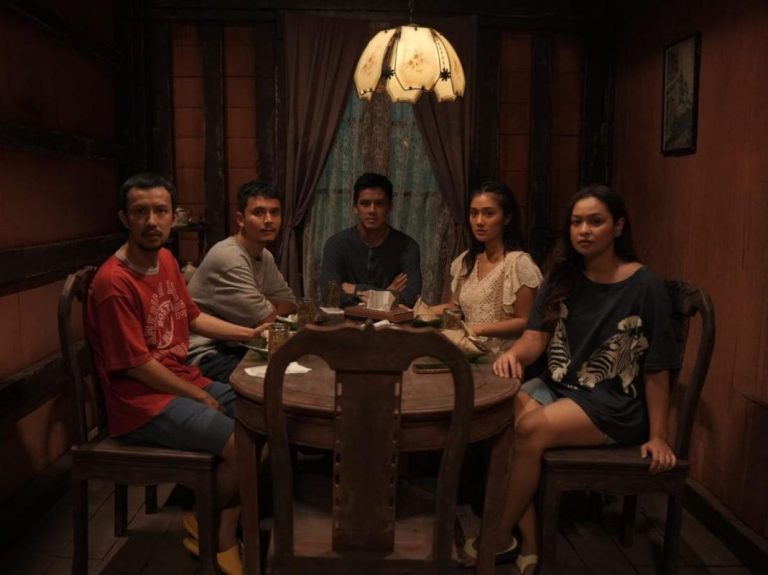One wonders what kind of film “Final Destination” might have been in quieter, more artful hands: a freely flowing drama, sans judgment, about seven people stepping off a plane because one had a panic attack—the plane exploding shortly after in the background, and the survivors dying in their own way over the course of mere days. It’s a canonically disturbing thought to work through, and that’s precisely where James Wong’s entertaining and surprisingly intelligent franchise-starter holds its big, beating mainstream heart.
A campy horror film that treats a colossal, inexplicable turn of fate like a slasher-thriller, “Final Destination” began as a spec script for an episode of The X-Files, written by Jeffrey Reddick and later adapted into feature format upon studio persuasion. That the decision paid off is clear in our viewing experience—without compromising its pop-culture, trope-laden fabric, it sets itself apart by appealing to the unseen in thrilling, surefire ways.
The performances by Devon Sawa, Ali Larter, and the supporting cast are understated, which pairs potently with the circumstantial excess of the narrative itself, and so, it works fabulously on screen. Of course, like any horror film about teenagers grappling with the supernatural in all seriousness, it can’t entirely resist the indulgences of its genre and takes an inevitable (and unreasonable) third-act dip. Still, with the way Wong unfolds the visual signature of a plane crash into the timeless anxiety of confronting catastrophe, the film delivers its entertainment value with flair and manages to take itself seriously in just the right moments.
And unlike most campy genre fare that only exists to fetishize its stars or narrative hooks, this one confronts the very real fear of mortality, not just as a theme, but as texture, giving the film some genuine fodder for thought. Here’s our attempt to break that down for you.
Final Destination (2000) Movie Plot Summary and Synopsis:
Alex Browning, a high school student, is packing for his senior trip to Paris. His mom steps in to tear off the airline tag from his trolley bag, but Alex insists on keeping it as a lucky charm—just in case there’s an explosion or hijack or something. Confused about where he picked that up, his mom rips it off anyway. At the airport, a Hare Krishna follower hands Alex a pamphlet that reads, “Death is not the end.” He accidentally bumps into a classmate, Clear Rivers, knocking her book to the floor. When he picks it up to return it, he notices that the open page is on Princess Diana’s car crash in Paris.
What happens on the plane that causes Alex and others to be removed?
The group boards Volée Airlines Flight 180, a Boeing 747. Alex’s best friend, Tod Waggner, suggests they sit with the girls they have crushes on, but Alex lets Tod take that shot while he sits elsewhere. Just before take-off, Alex experiences a vivid premonition—mechanical failure mid-air, followed by an explosion, killing everyone on board. As real-life events start mirroring his vision, he panics. A scuffle breaks out with fellow student Carter Horton, prompting flight attendants to remove them both. Tod, Carter’s girlfriend Terry Chaney, their teacher Valerie Lewton, the goofy Billy Hitchcock, and Clear also leave—Clear, sensing something she can’t quite explain.
Who believes in Alex’s vision?
None of them believes Alex, except Clear. They all dismiss his vision as a bad dream. But minutes later, the plane explodes. Now, everyone stares at Alex like he’s cursed—except Clear. Each survivor is later interrogated by two FBI agents, Weine and Schreck, who view Alex with suspicion. After the questioning, families arrive to take the students home, except for Clear’s, so Alex’s parents drop her off.
What happens to Tod?
Thirty-nine days later, the survivors gather at a memorial. Alex receives a mixed reception. Carter is still pissed, insisting he doesn’t owe Alex anything and declaring that he’ll never die. Billy starts asking foolish questions about his crush. Valerie avoids him entirely, claiming he frightens her. Clear, on the other hand, hands him a rose and quietly thanks him for saving her life. Alex also reconnects with Tod, who confides that his dad wants him to stay away from Alex, but promises that once things cool down, they’ll take that road trip.
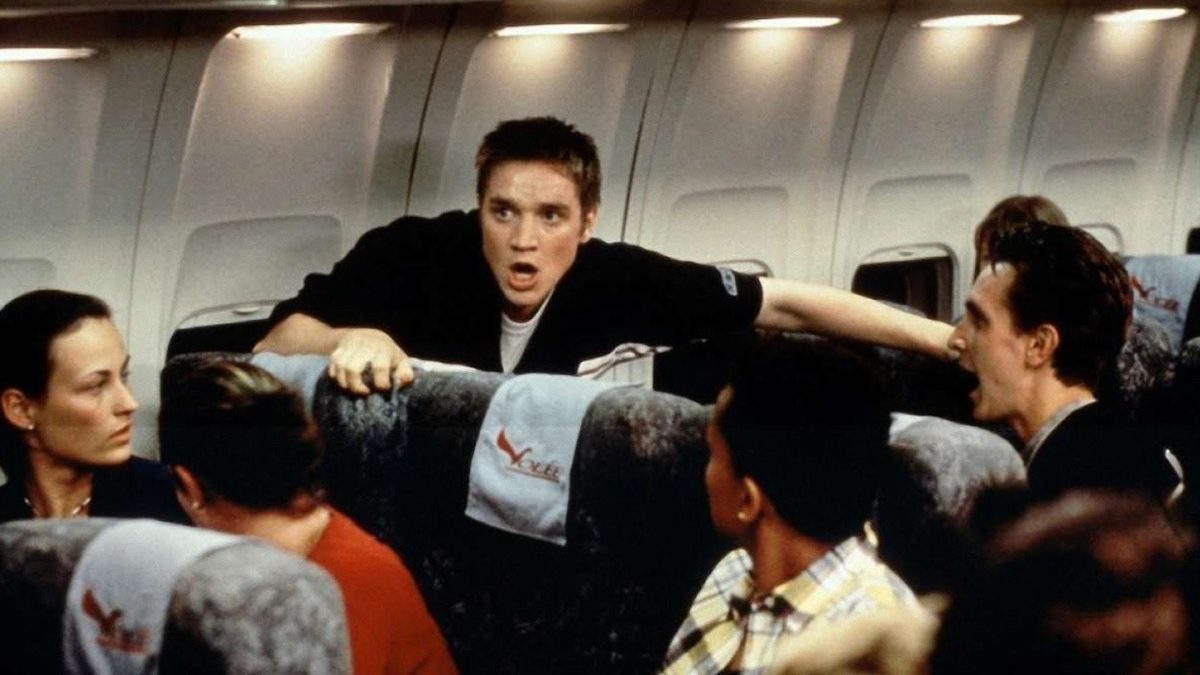
One evening, Alex tries to distract himself by flipping through a Penthouse magazine, which gets shredded by a nearby table fan. A scrap of paper lands in his hand. It reads: “Tod.” That night, Tod dies in a freak accident. He slips in the bathroom and is hanged by a clothesline wire. A trail of water inches ominously back into the drain, as if retreating. Alex shows up, but it’s already too late. Tod’s death is ruled a suicide, much to Alex’s disbelief. He notices Clear watching from behind a tree.
Also Read: 15 Best (or Worst) Final Destination Kills In The Movie Franchise
What does the mortician tell Alex and Clear?
The next day, Alex visits Clear’s studio-garage. They discuss Tod’s death and the accident. Alex admits he doesn’t know how to process death. Clear shows him a sculpture she made, representing Alex: someone with insight, but no idea why things happen the way they do. They visit the morgue, where mortician William Bludworth tells them that death has a design. By avoiding the plane crash, they’ve disrupted that design—and now, death is correcting the imbalance. Tod’s death was no accident.
How does the pattern materialize?
The next day, over coffee, Alex tells Clear there’s a pattern to these deaths. She’s skeptical. As Alex stares at a passing bus, Carter, Terry, Valerie, and Billy also arrive. Carter starts another fight, but Terry shuts him down. Moments later, she walks into the street and is instantly flattened by the same speeding bus Alex had just glanced at. After watching a news report detailing the plane’s explosion, Alex concludes that death is targeting the survivors in the order they were supposed to die. He suspects Miss Lewton is next.
He sneaks into her yard, but Valerie catches him snooping and calls the FBI agents, who take him in for questioning. Alex tries to explain the sequence theory, but they dismiss it. Meanwhile, Valerie dies gruesomely—her kitchen explodes after a sequence of events ends with a knife piercing her chest. Alex had tried to warn her, but arrived too late. Billy sees him leaving her house and informs the FBI. The agents show up at Clear’s place and warn her to alert them if she sees Alex again.
Final Destination (2000) Movie Ending Explained:
How is Carter saved, and who substitutes for him in death?
Clear then reaches out to Carter. She, Billy, and Carter drive off to find Alex. Carter, now nihilistically detached, speeds through the streets, saying if death means reuniting with Terry, he welcomes it. Alex sees a vision of a train reflected in the car’s side mirror. Carter, still disbelieving, parks his car on the tracks in defiance. As the train approaches, Alex, Clear, and Billy escape. Carter remains paralyzed, but Alex pulls him out just in time. The train wreckage flings a piece of metal into the air, instantly decapitating Billy.
Alex realizes that by saving Carter, he changed the order. Death moved on to the next person. He hides in a fortified cabin in the woods, piecing things together. He remembers not switching seats on the plane to sit by Tod, meaning Clear might be next. Soon, he rushes to her house. She’s trapped in her car, surrounded by live wires and leaking gasoline. Just as the wires spark a fire, Alex grabs the electrical cable, allowing her to escape seconds before the car explodes.
How does the pattern rework?
Six months later, Alex, Clear, and Carter are in Paris, attempting to live normal lives. As they reflect on surviving death’s grip, Alex notes that death never skipped him—it just delayed its turn. Suddenly, a bus crashes nearby, hurling a sign toward a neon structure. It collapses, nearly crushing Alex, but Carter pushes him out of the way. The sign swings back and takes Carter with it.
Final Destination (2000) Movie Themes Analyzed:
The Aftermath Generation
There are many ways in which people respond to death and feel through it. And while “Final Destination” explores more or less all of them, the emotional core of the film is informed by just one of those conditions: survivor’s guilt. While it has been impressed on Alex by everyone in the world around him, it affects the subconscious of each of these survivors in their own way. It gets further complicated when framed within the context that these are just teenagers, for whom everything is an aesthetic.
The whole narrative here, then, is the aesthetic of living after the explosion, and the film works upon it with as much gravitas as there is camp. They struggle to live in the liminal space between existence and non-existence, something that becomes quietly clear when Alex wonders aloud before Clear in their first proper conversation: what if the whole explosion-within-explosion is still a wild dream that’ll come to an end?
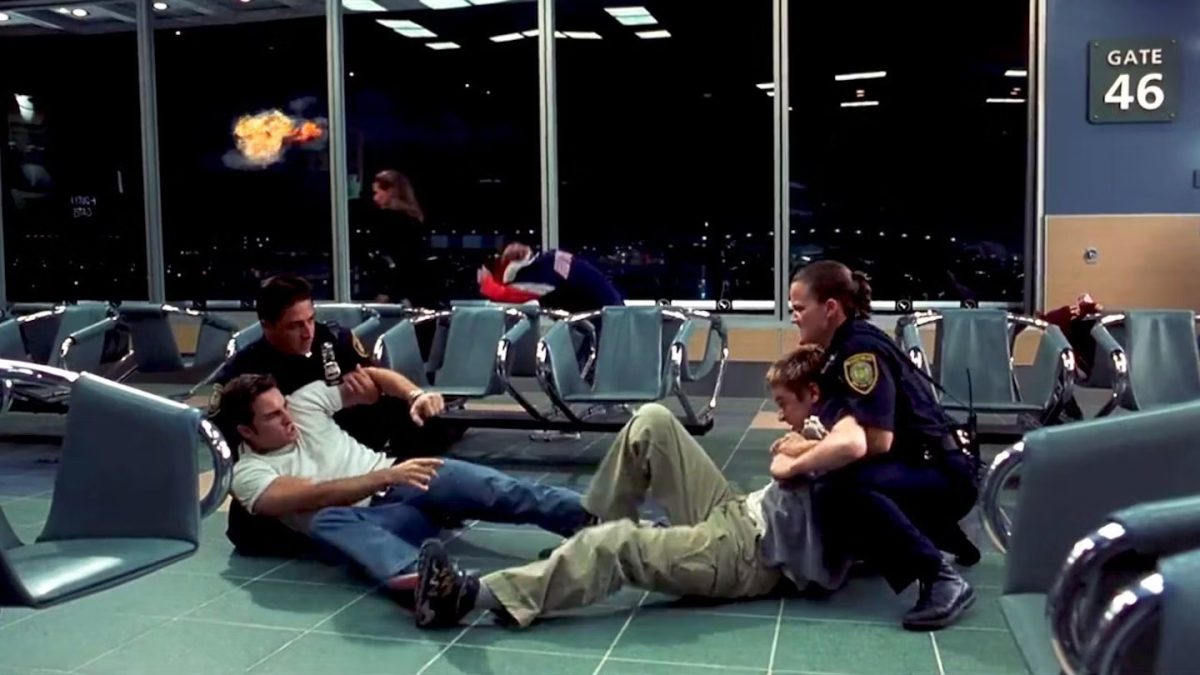
In that sense, the memorial for the thirty-nine victims that strikingly happens thirty-nine days later might or might not have its own thought-out gematria. More crucially, the whole scene unveils that memorialization is more often than not a ritualized performance. Carter is still unable to sit with the grief—he only has Alex to blame. Billy has his own fantasies, and as for Tod, he just wants to reconnect with his friend before he can even begin to make sense of it all.
Among them, Clear Rivers has to be the most maturely realized and seasoned. She is an artist who translates her impulses into form, most famously through the ‘spring sculpture’, echoing the mind of Alex surprisingly intactly, even before getting to know him fully. Having grappled with a mother who chose to live with a man she would have avoided on the street if her own father were still alive, Clear is constantly trying to turn pain into a permanent survival strategy. It is her creative impulse that keeps her steady enough to live through the noise.
Masculinity, Sensitivity, and Emotional Illiteracy
A ‘cute’ interpretation might be that this film works as a coming-of-age journey for its protagonist Alex, as he grows up understanding death by foreseeing it and only being able to delay it at certain junctures. However, it’s more of a film about how growing up is an obstructive process when you’re a prototype of the sensitive boy who’s ridiculed, surveilled, and silenced. It is well and truly set in a society that thinks of overthinking and over-articulation as a disease that must be erased or blocked rather than fully understood. In that regard, the romantic subplot with Clear is a positive interference, too. One can’t say the same about the other boys in the film, who are constantly fighting and getting punished by their internal demons.
Paradoxically, they’re expected to take the lead too, which is what sets them apart from the emotionlessness boxed in as male heroism in other films of the “Final Destination” kind. Carter is a macho bully with a sharp jawline who weaponizes his anger and control-freakness to forcibly insert himself as the hero of this mystery, stealing it from Alex, whose stupidity and vileness he simply perceives.
In reality, though, Carter is perhaps the most anxious character of them all, even more so than Miss Valerie, who constantly cries and over-analyses every minor inconvenience that has happened to her since the accident. Carter can’t name the fear that he carries, because it’s not masculine enough to do so. But when he angrily rebuffs any attempt at warmth with, “I’m not gonna die! It’s who you’re gonna die, man. I’m supposed to live!”—we all know.
Then there’s Billy, the film’s ‘comic relief’, who is actually supremely unfunny. The reason couldn’t be clearer: his goofiness masks his instability, and his humour only shields his fragility. Perhaps the only relief that arrives is when he’s sliced off. But that is being a man in our collective culture, too, in a nutshell. Our nervousness remains mostly undefined, and rage or repression are the only outlets for the dread that creeps underneath.
Fatalism and the Adolescent Psyche
There’s something uniquely terrifying about facing death before you’ve even figured out life. That’s the curse “Final Destination” lays on its characters—it doesn’t give them horror as spectacle, but as a psychological constant. These are teenagers, barely out of school, still running on hormones and half-truths. Yet death follows them like a cold draft. Not just as a figure, but as a mood. It hangs. It itches, and it suffocates. It’s less of a presence and more of a default setting—something that they’re not prepared for but are forced to wear like skin.
Alex, in that sense, becomes the ideal conduit. He’s the overthinker, the one who starts looking for logic in absurdity. But what he’s really doing is just trying to make the world safe enough to exist in. The whole “design” theory he builds is just an emotional defense mechanism—a teenager trying to pin the tail on chaos so that he doesn’t lose his mind. The tragedy is that it works, but only partly. It gives him language, but not closure.
The film, then, is not about fearing death; it’s about learning to live in its shadow. That’s what adolescence is, too, in a sense. You grow up thinking you’re invincible until the world reminds you you’re not. You dream big, love dramatically, fall hard, and then someone dies. Something collapses. And just like that, the screen cuts to black, and you realize you’re not in a rehearsal anymore. This is the show. And you don’t know your lines.



